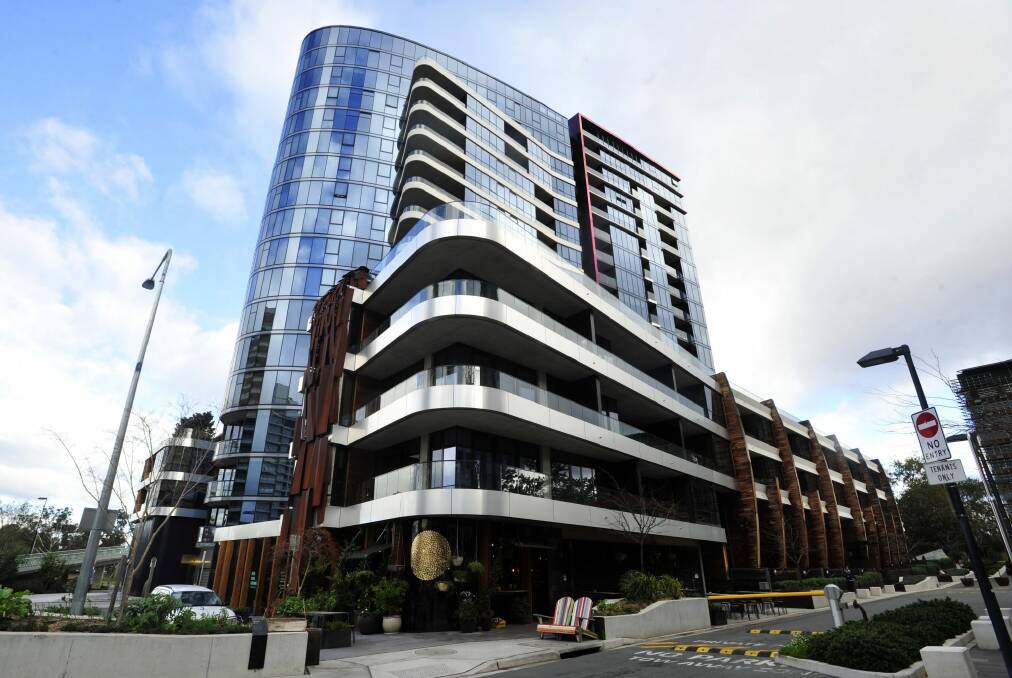It is not the only urban renewal project to have gone astray, but Melbourne's Docklands has certainly been the most sledged. Even city mayor Robert Doyle said cuttingly that it lacked ''social glue'' and wondered if he would even go there to kick a footy or have a beer.
Subscribe now for unlimited access.
or signup to continue reading
In a Planning Institute of Australia awards ceremony this week, Canberra's New Acton district has emerged as an example of what could have been for many shiny but grey patches of Australian cities.

The precinct, designed collaboratively by the Molonglo Group, Fender Katsalidis and Oculus, got the gong along with other projects such as the Goods Line design and the Prince Alfred Park and Pool in Sydney.
Queensland University of Technology urban planning assistant professor Phil Heywood said he had visited the New Acton district and was impressed by its ''good sense of informality, ease, openness and a sense of humanity''.
Dr Heywood said he ''did not want to nominate disaster areas'' but thought ''very often places developed from scratch and particularly developed for largely commercial purposes do lack a spirit of welcome and engagement''.
Oculus' Bob Earl said New Acton was successful because ''it attracts outsiders that don't live there. It feels public, it feels intimate, it feels like people thought about it. People want inviting places in the city where they feel like they are amongst others''.
The main boat-like 18-story tower faced some criticism before it was built, most notably from neighbouring residents of Capital Towers who worried about their view.
The Molonglo Group defended their design and pushed ahead, winning approval in 2006 from the National Capital Authority.
Mr Earl was involved in New Acton for more than seven years. He said the area was in a potential dead space.
''You have ANU to the east and you have Parkes Way to the west. ANU has that big wall that could have been a barrier and Parkes Way is basically a freeway. Instead of saying these constraints are going to kill the project, we asked how could we improve the things adjacent to us,'' Mr Earl said.
In 2012 when designers and planners at the ongoing Docklands development in Melbourne began attempts to steer the project back on track, the planning director said what the precinct lacked was quality open space.
According to Fender Katsalidis architect David Sutherland, who worked on the New Acton project for 13 years, public consultation was important and projects ''should be informed by local understandings''.
Sacha Coles, a director at ASPECT Studio, which took out an award for the Sydney Goods Line design, agreed that ''the common theme by all of these projects is an investment either by the public sector or the private sector in the public domain''.
''If you get the collective space right, the people space right, then there is a greater chance the project will be loved, owned, and it will be a success,'' he said.

